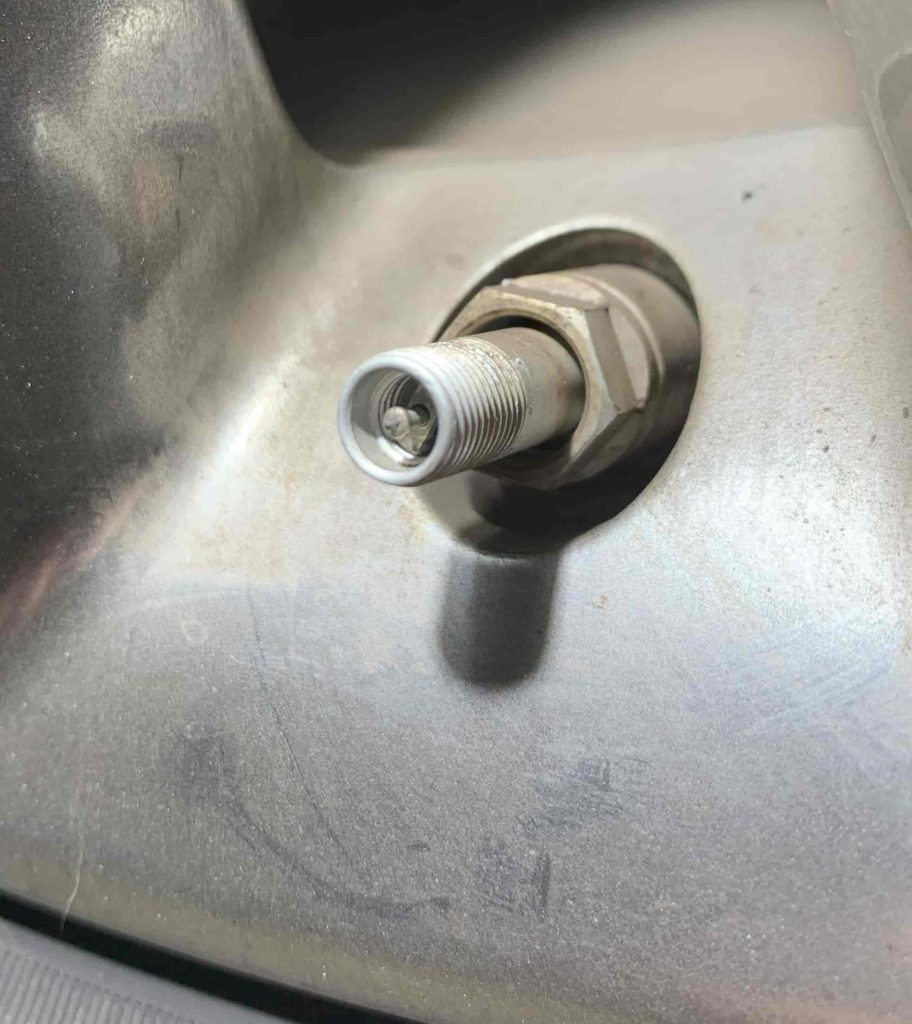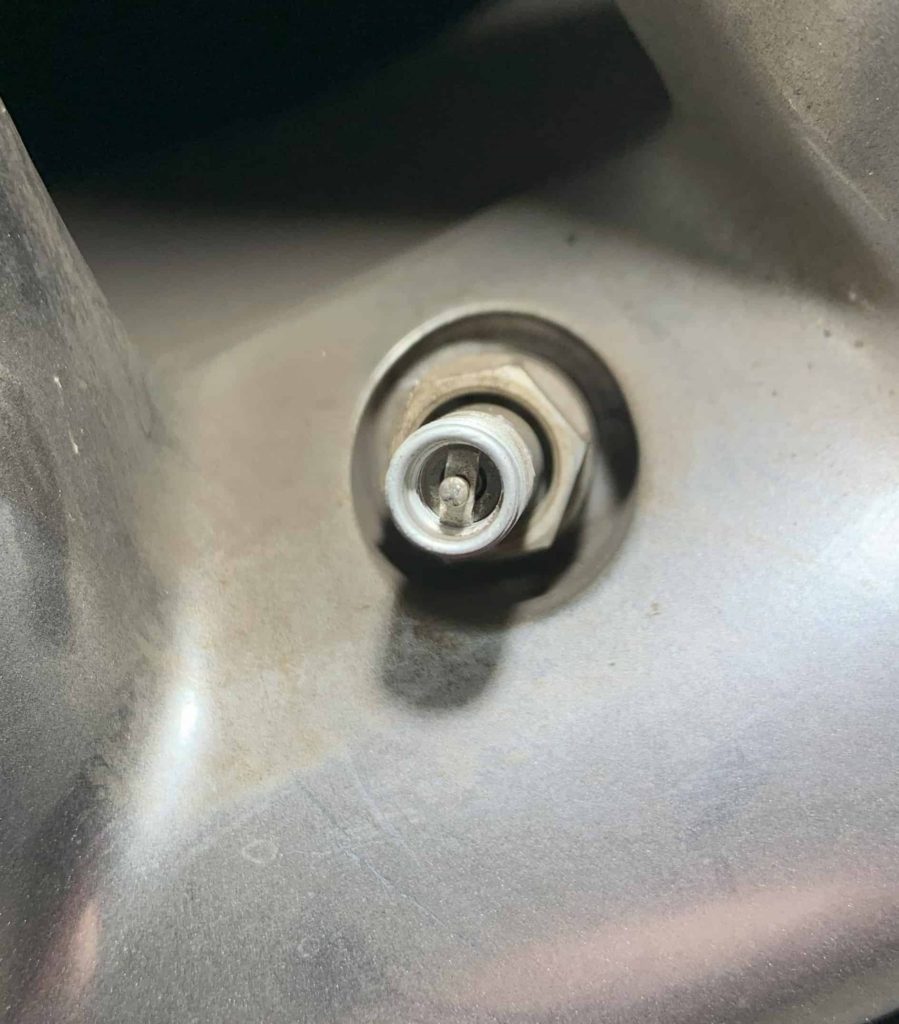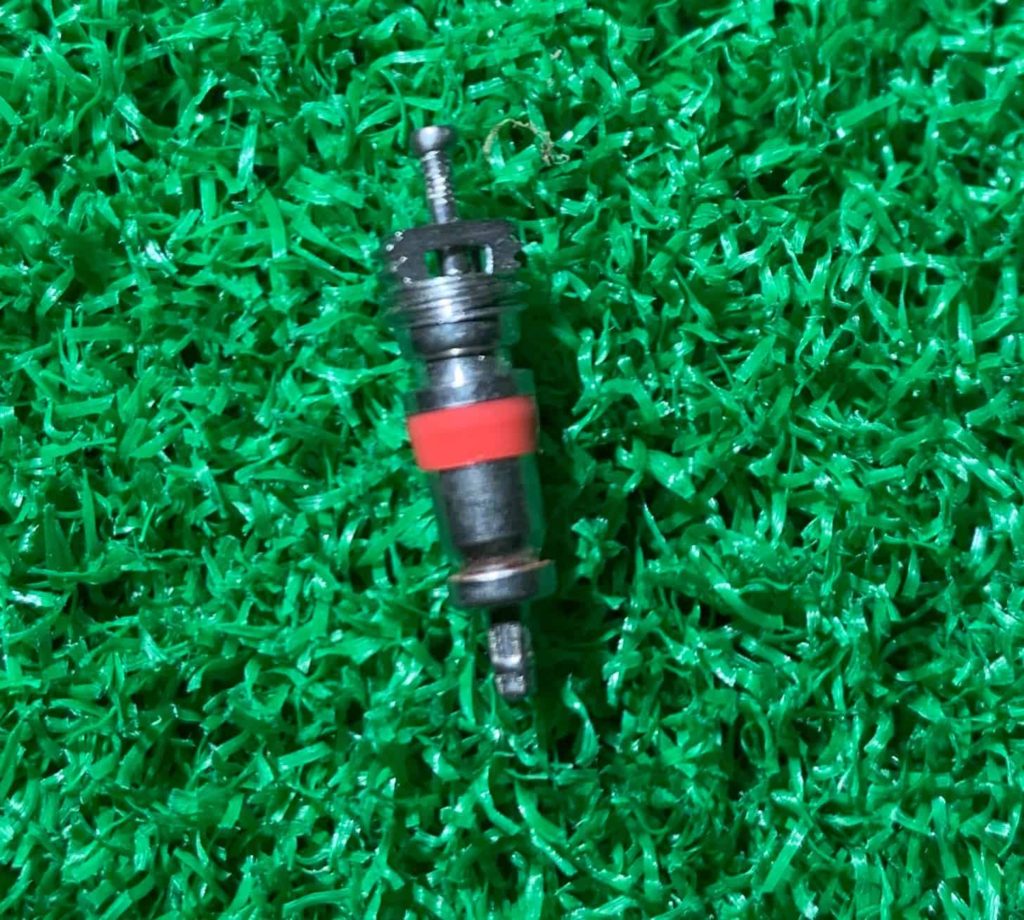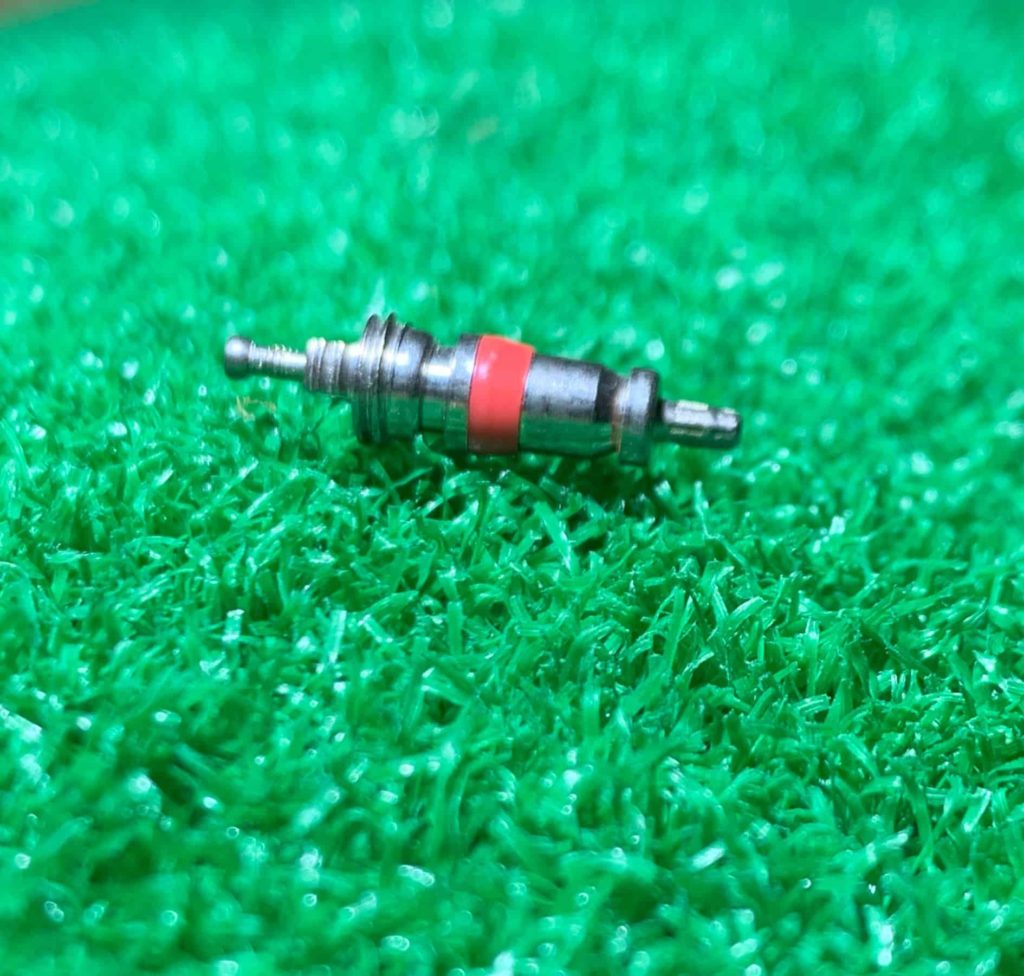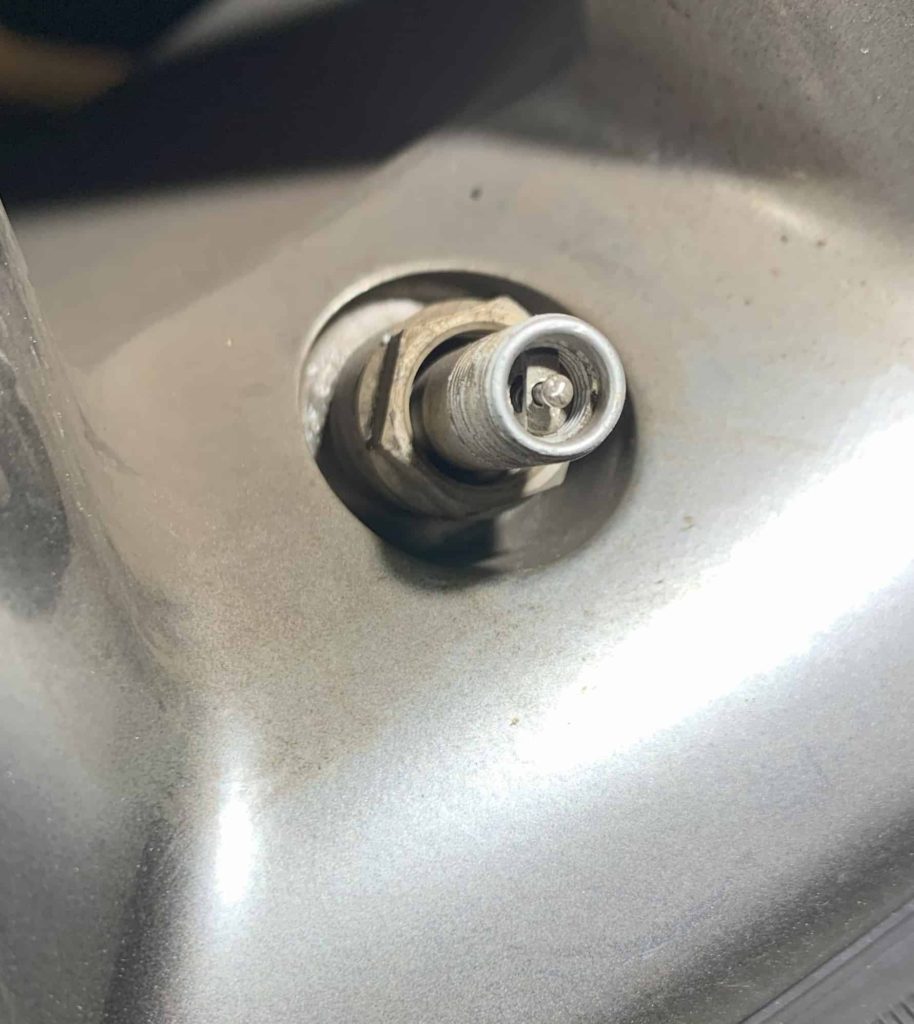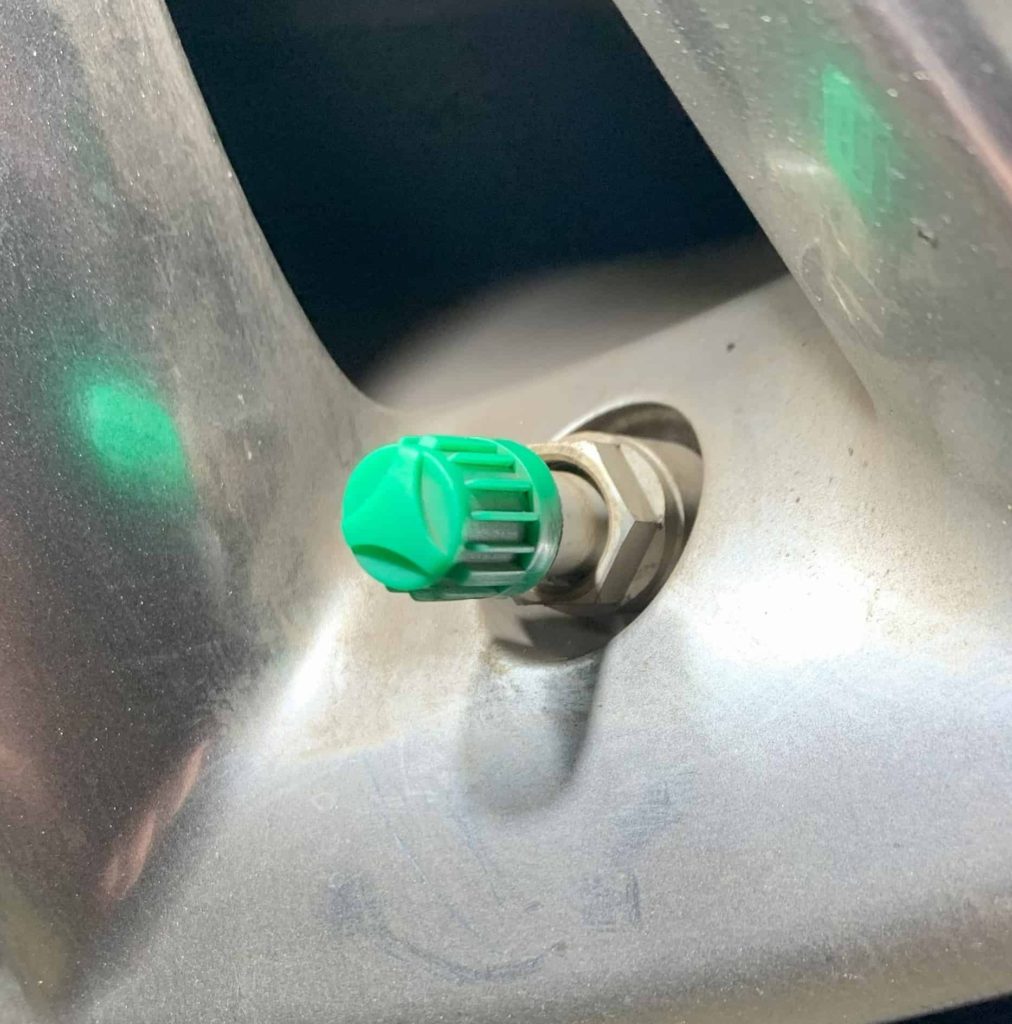Introduction
The unsung heroes of our vehicles, tire valve stems play a crucial role in maintaining optimal tire pressure. Often overlooked and underappreciated, these small yet essential components are responsible for keeping our tires properly inflated, ensuring a smooth and safe ride. In this article, we will delve into the intricate workings of tire valve stems, unraveling their significance and shedding light on the various types available in the market.
The Importance of Tire Valve Stems in Maintaining Tire Pressure
Tire pressure is a critical factor affecting vehicle performance and safety. Properly inflated tires not only enhance fuel efficiency but also optimize handling, traction, and braking capabilities. The responsibility of maintaining adequate tire pressure lies on the shoulders of valve stems.
Valve stems act as the gateway to your tires’ air supply. Without them, it would be impossible to inflate or deflate your tires effectively.
By providing a secure seal between the air inside the tire and its external environment, valve stems prevent leakage that can lead to gradual pressure loss over time. This ensures that your tires maintain their recommended pressure levels for extended periods.
Additionally, valve stems serve as an access point for gauges or air pumps during routine maintenance or emergency situations where swift adjustments are required to restore optimal tire pressure. Due to their constant exposure to dirt, debris, moisture, and extreme temperatures from both within the tire and outside environment, valve stems must be built with durability in mind to withstand such challenges.
Overview of the Different Types of Valve Stems
Valve stem design varies based on factors such as vehicle type and application. Two commonly used types are Schrader valves (also known as American valves) and Presta valves (also known as French valves). Understanding these variations enables vehicle owners to identify the appropriate valve stem for their specific needs.
Schrader valves, widely employed in automobiles, motorcycles, bicycles, and various other applications, feature a spring-loaded pin that depresses when connected to an air pump or gauge. The simplicity of their design allows for quick and easy inflation or deflation processes.
On the other hand, Presta valves are often found in high-performance bicycles and some motorcycle applications. They require unscrewing a locknut before inflating or deflating the tire.
While these two types are most prevalent in the market, there are other specialized valve stem variations used in specific industries or applications where unique requirements exist. These may include tubeless tire valves with built-in pressure sensors for advanced tire pressure monitoring systems (TPMS) commonly found in all modern vehicles.
The Basics of Tire Valve Stems
Definition and Purpose of a Valve Stem
The valve stem is a small but vital component of a tire, often overlooked but playing a crucial role in maintaining proper tire pressure. It is essentially a cylindrical metal or rubber tube that extends from the inner side of the wheel rim to the outside where it can be accessed.
Its primary function is to provide an avenue for inflating and deflating the tire, ensuring optimal air pressure within. Furthermore, valve stems act as a passageway for air to flow in and out of the tire when necessary.
Without this mechanism maintaining proper tire pressure would be exceedingly difficult. By allowing controlled airflow between the tire and external sources such as air pumps or gauges, valve stems enable accurate pressure readings and efficient inflation or deflation processes.
Components of a Valve Stem
A typical valve stem comprises three essential components: the valve core, valve cap, and valve stem base. Each element serves its specific purpose in safeguarding the integrity and functionality of the entire system. The first key component is the valve core—a small brass cylinder located inside the protruding end of the stem.
It functions as an air seal that maintains consistent pressure within the tire by preventing unwanted leaks. The valve core consists of threads that allow it to be screwed into place within the stem body securely.
Next, we have the humble yet indispensable valve cap. This tiny protective cover serves as an essential barrier against dirt, dust, moisture, and other debris that may infiltrate into or damage both the valve core and stem itself.
Despite its modest size, neglecting to replace or properly tighten this cap can lead to costly consequences such as leakage or even premature damage to internal components. We encounter one often overlooked component—the valve stem base—the unsung hero connecting everything together.
The base attaches firmly to the wheel rim and provides stability and structural integrity to the entire valve assembly. It ensures a secure and dependable connection between the tire and the wheel preventing any unintended dislodgement while driving or encountering road irregularities.
Understanding the basics of tire valve stems is crucial for maintaining optimal tire pressure. The valve stem’s definition and purpose as an interface for inflating and deflating tires, as well as its key components—the valve core, valve cap, and valve stem base—promote safe and efficient functioning of this vital automotive component.
Types of Tire Valve Stems
Schrader Valves
In the realm of tire valve stems one name stands tall as a paragon of reliability and ubiquity: the Schrader valve. This type of valve stem is widely used in vehicles, bicycles, and motorcycles due to its robust construction and ease of use. The Schrader valve owes its popularity to its ingenious design because it allows for effortless inflation and deflation of tires.
At the heart of this valve lies a spring-loaded pin that acts as a gatekeeper for air flow. When connected to an air pump or gauge, depressing this pin permits air to enter or exit the tire with remarkable efficiency.
One significant advantage of Schrader valves is their compatibility with standard air pumps found at most gas stations, automotive service centers, and portable tire inflators. This convenience renders them highly accessible for every driver regardless of what kind of car they have.
Schrader valves boast exceptional durability, capable of withstanding high-pressure conditions without succumbing to leaks or failures commonly encountered in low-quality valves. So, it comes as no surprise that these valves have become synonymous with dependability across various modes of transportation.
Presta Valves
While Schrader valves may dominate the automotive landscape, there exists another species of tire valve stem tailored specifically for discerning cyclists – the Presta valve. Commonly found on high-performance bicycles and some motorcycles, this slender and elegant valve design offers distinct advantages in terms of weight reduction and aerodynamics.
One noticeable feature that distinguishes Presta valves from their counterparts is their elongated shape and narrower diameter. To prevent unintended air loss during inflation or deflation processes, Presta valves require unscrewing a lock nut before attaching an air pump or gauge.
By employing this mechanism cycling enthusiasts can achieve higher levels of precision when adjusting tire pressures. This caters to individual preferences for speed, comfort, or terrain-specific requirements. Although primarily associated with the realm of cycling, Presta valves have gradually found their way onto motorcycles designed for enhanced performance.
This adoption demonstrates their ability to withstand the rigorous demands of modern sport biking while contributing to overall weight reduction and improved aerodynamics. Presta valves continue to captivate cycling enthusiasts seeking optimal tire control in pursuit of speed and agility.
Understanding the two primary types of tire valve stems – Schrader and Presta valves – is crucial for anyone seeking comprehensive knowledge about their vehicles or bicycles. While Schrader valves offer a tried-and-true solution found in countless automobiles worldwide due to their durability and ease of use, Presta valves provide a specialized option for performance-oriented cyclists who value precision and efficiency on two wheels.
By recognizing these distinctions within the world of tire valve stems, one can make informed decisions regarding inflation methods that align with specific needs and preferences. So whether you’re cruising down the highway or pedaling along your favorite trail remember that behind every properly inflated tire lies a valve stem tailored to its unique purpose.
How Tire Valve Stems Work
Inflating the Tire
When it comes to inflating your tire, understanding the step-by-step process of how tire valve stems work is essential. The first step is to remove the valve cap, which protects the delicate valve core from dirt and debris.
This small but crucial component ensures that air pressure remains intact within the tire. By gently unscrewing the valve cap you expose the valve core, preparing it for connection with an air pump or gauge.
Connect an Air Pump or Gauge
Once the valve cap has been removed it’s time to connect either an air pump or a gauge. With Schrader valves, which are commonly found in vehicles and bicycles, connecting is a breeze. The pin inside the valve stem depresses when pressed against by an external object such as an air pump or a gauge.
By ensuring a secure connection between the device and the valve stem, you can accurately measure tire pressure or inflate it as needed. For Presta valves typically used in high-performance bicycles and motorcycles, connecting requires an additional step.
Before attaching any device you must unscrew a lock nut located at the top of the stem. This action frees up space for airflow during inflation or deflation while maintaining adequate seal protection once re-tightened.
Conclusion
Understanding how tire valve stems work is fundamental knowledge for every vehicle owner or cyclist. These seemingly simple components play a vital role in maintaining optimal tire pressure and ensuring safe journeys on roads and trails alike. By following this step-by-step process of removing the valve cap and connecting an air pump or gauge correctly you can effectively monitor and adjust your tire’s pressure levels for maximum performance.
With this knowledge in hand, take charge of your vehicle’s maintenance needs with confidence knowing that proper tire maintenance helps extend the lifespan of your tires, improves fuel efficiency, and enhances overall safety. By understanding how valve stems work and incorporating regular pressure checks into your routine, you can enjoy smoother rides while embracing the road ahead with peace of mind.
